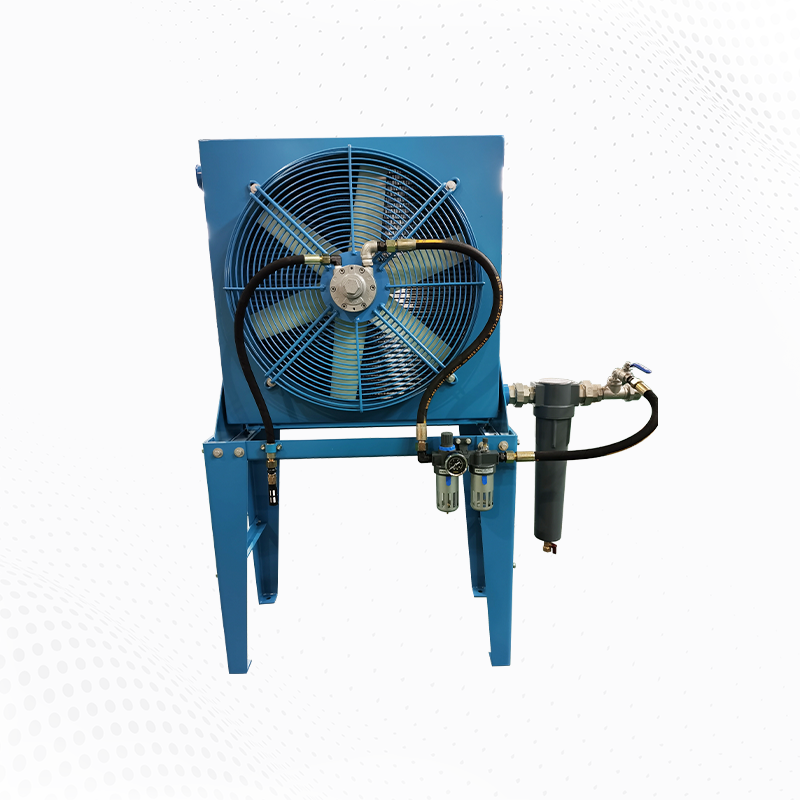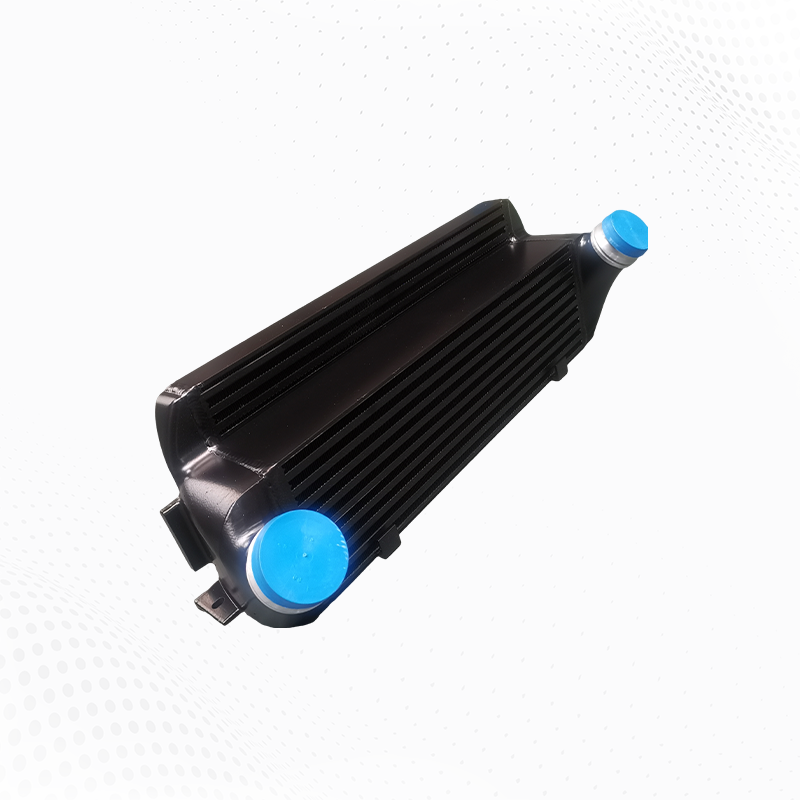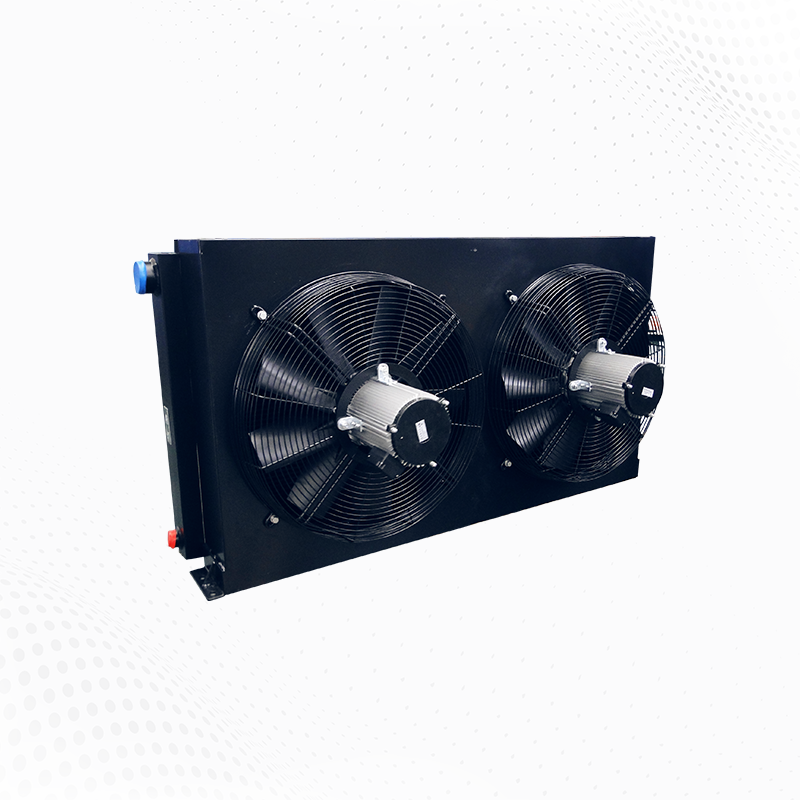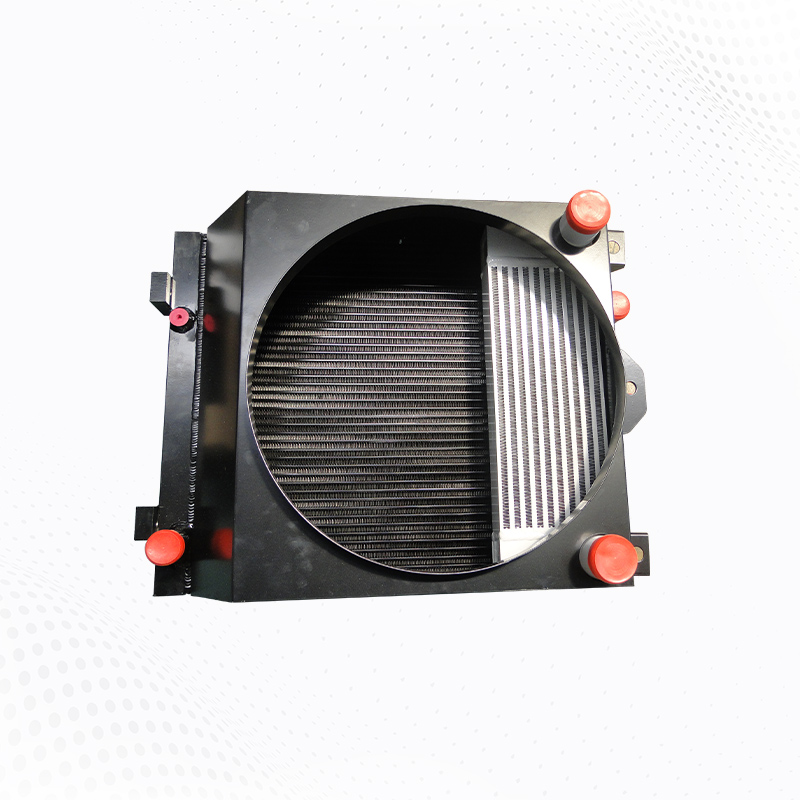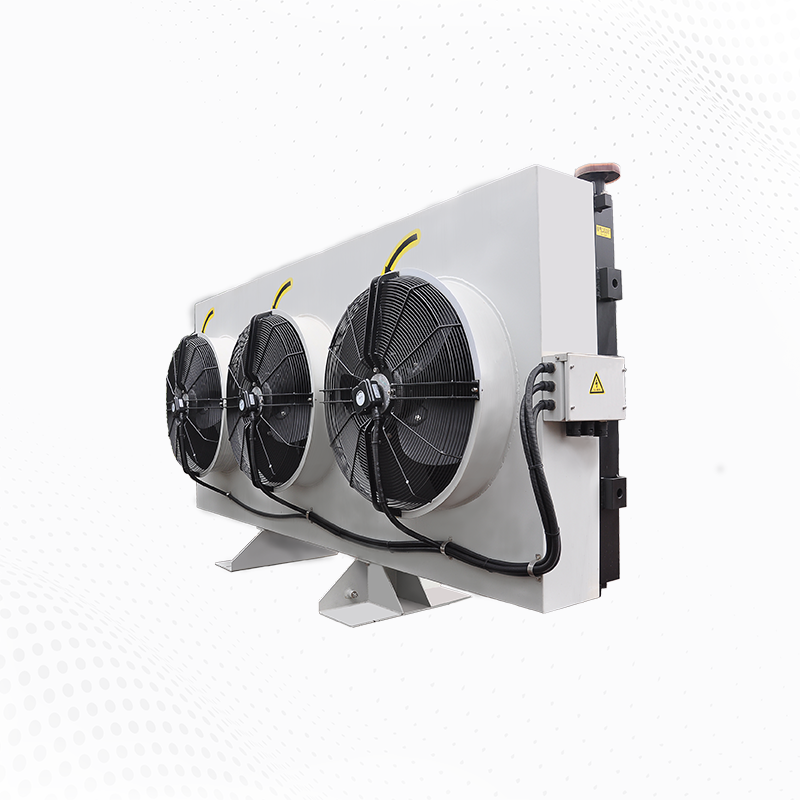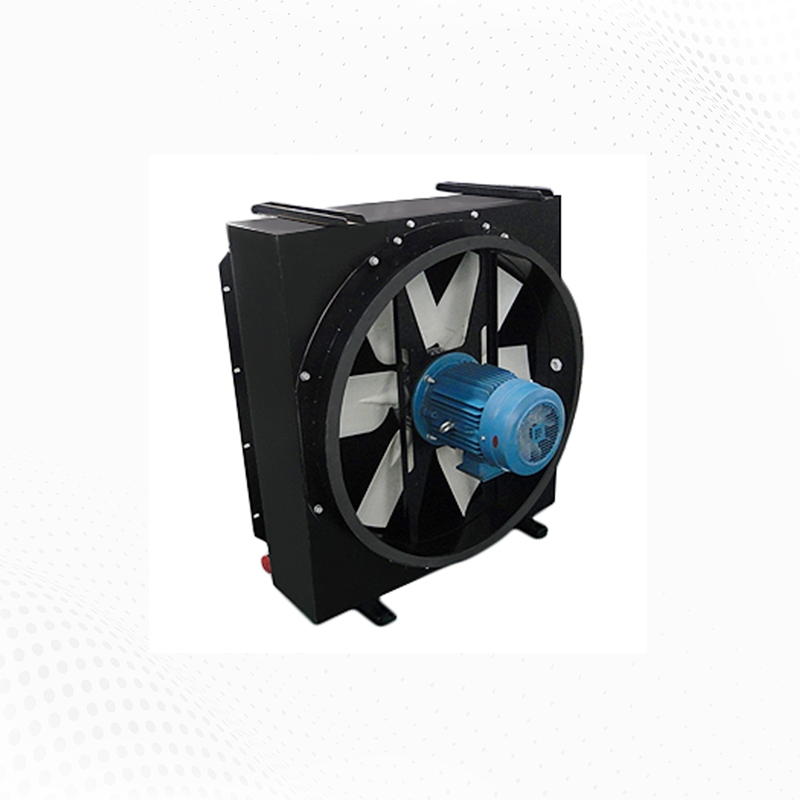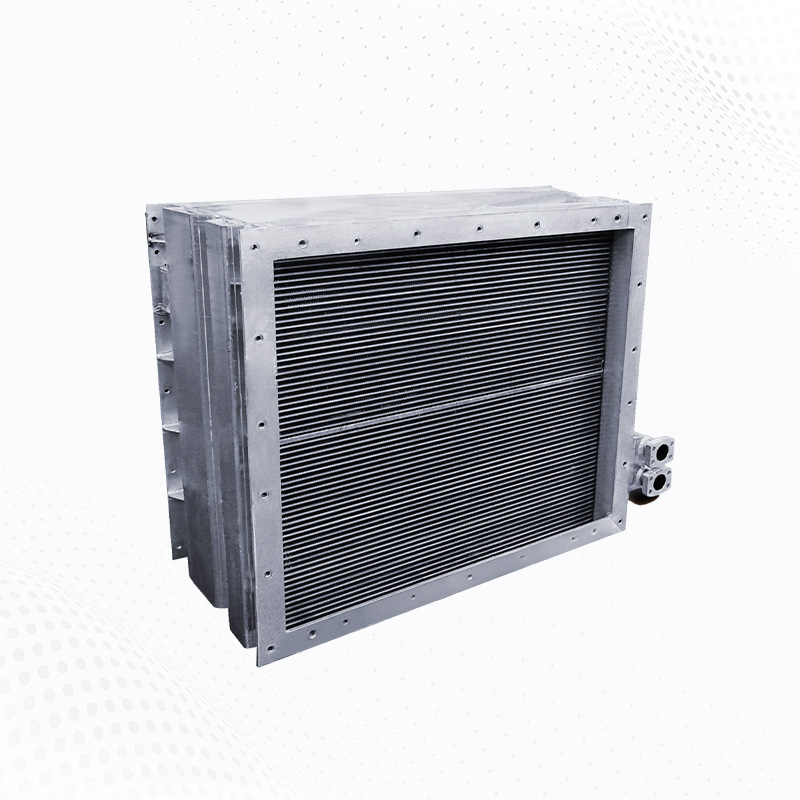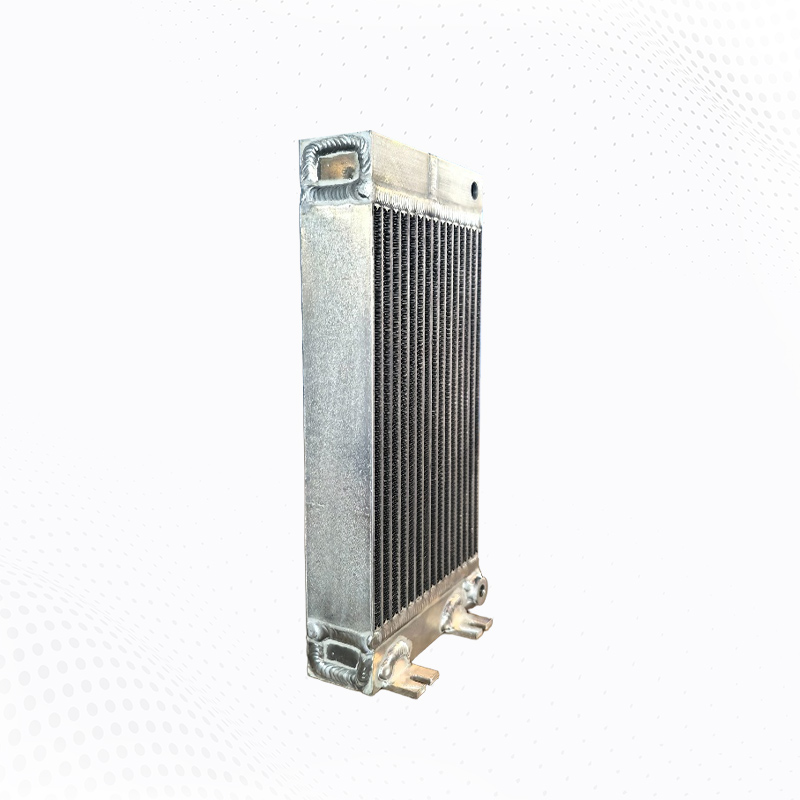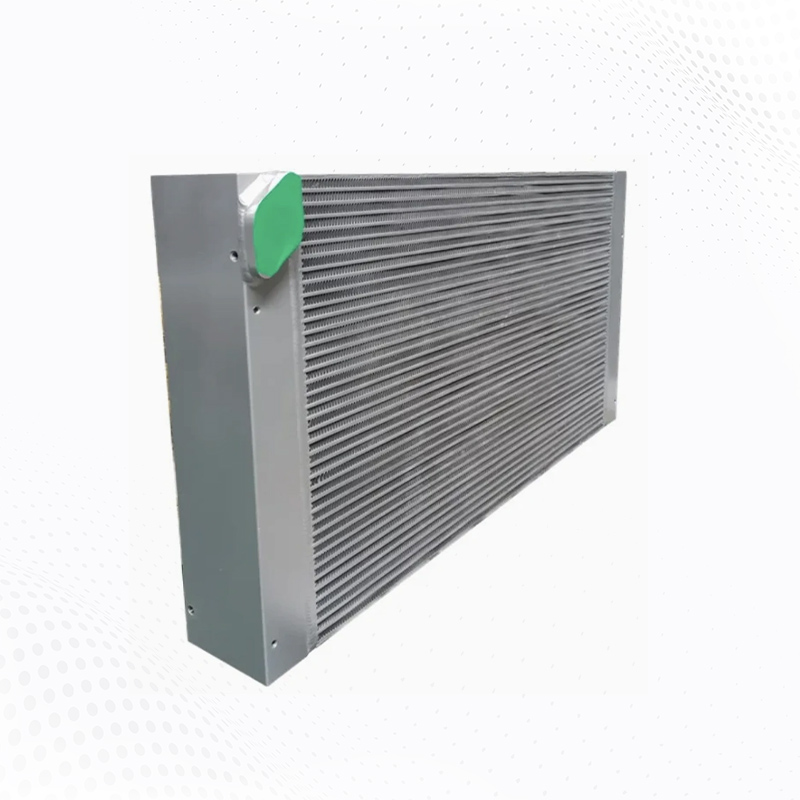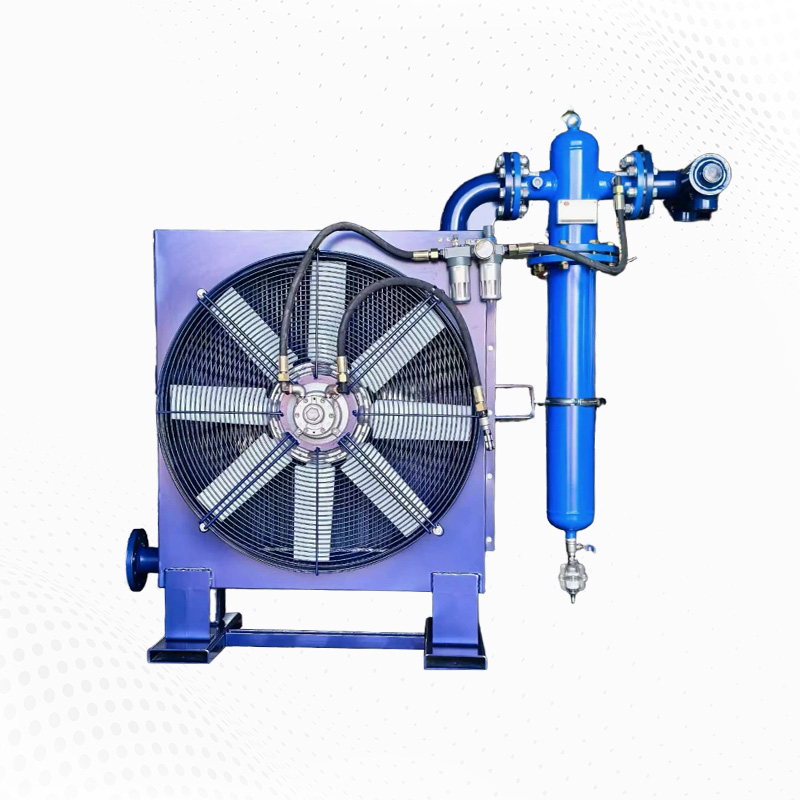From a Wuxi Yuda engineer: a no-nonsense, practical guide to choosing which aluminum plate fin cooler suits your project. Short sections, clear checks, and real-world trade-offs—designed to help buyers and engineers decide fast.
This guide uses plain language, quick comparisons, and a compact decision matrix so you can pick the right aluminum plate fin cooler for your system without wading through theory.
Quick answer (if you want one)
If your priority is weight and compactness—choose a high-density fin aluminum plate fin cooler with louvered fins. If you need fouling tolerance and easy cleaning, choose a coarse-fin aluminum plate fin cooler with removable filters and accessible service panels. For mixed duties (oil + charge air), choose a multi-stream aluminum plate fin cooler with balanced manifolds.
Why the right aluminum plate fin cooler matters
Performance vs. weight: different aluminum plate fin cooler cores trade pumping power for heat density.
Durability: brazed aluminum cores behave differently under vibration—choose cores rated for your duty.
Serviceability: the easiest-to-install aluminum plate fin cooler can save hours on maintenance calls.
Types of aluminum plate fin cooler and when to pick them
High-density louvered fin
Best for limited envelope and high heat flux. A louvered fin aluminum plate fin cooler delivers top heat transfer per area at the cost of higher airside pressure drop.
Use when: compact mobile systems, charge-air cooling, lightweight vehicle packs.
Coarse/plain fin
Lower pressure drop and better tolerance to dust. A coarse fin aluminum plate fin cooler is easier to keep clean and performs well in dirty environments.
Use when: off-road equipment, agricultural machinery, dusty industrial sites.
Serrated / perforated fin
Enhanced mixing for compact cores. A serrated fin aluminum plate fin cooler hits a middle ground between heat transfer and fouling resistance.
Use when: tight spaces that still require good thermal performance.
Multi-stream core
Handles two or more fluids in one compact block. A multi-stream aluminum plate fin cooler simplifies packaging for oil + air + coolant systems.
Use when: skids, powertrain modules, or combined duty cooling.
Decision checklist — pick a cooler in 7 steps
Define duty: heat to remove (kW) and desired delta-T for your aluminum plate fin cooler.
Flow & pressure: max fluid pressure and allowable ΔP across the aluminum plate fin cooler.
Environment: dust, salt, chemical exposure—this decides fin type and coating for the aluminum plate fin cooler.
Space & weight: envelope and mass limits determine if a dense aluminum plate fin cooler is feasible.
Service plan: plan filtration and access so the aluminum plate fin cooler remains efficient over life.
Noise & fans: higher face velocity on an aluminum plate fin cooler often means louder fans—balance accordingly.
Validation: prototype or vendor curves for the chosen aluminum plate fin cooler are non-negotiable.
Side-by-side comparison (practical)
| Criterion | Louvered fin aluminum plate fin cooler | Plain fin aluminum plate fin cooler | Multi-stream aluminum plate fin cooler |
|---|---|---|---|
| Heat transfer per volume | High | Medium | High (with packing) |
| Airside pressure drop | High | Low | Medium |
| Fouling tolerance | Low | High | Medium |
| Best for | Mobile, compact aluminum plate fin cooler packs | Dusty, heavy-duty systems | Skid-mounted multi-fluid modules |
Real-world selection examples
Example A — Heavy-duty truck
Requirement: engine + transmission oil cooling, limited space, high ambient temp. Solution: a louvered multi-pass aluminum plate fin cooler with robust mounting and upstream filtration.
Example B — Off-road construction
Requirement: dusty site, easy maintenance. Solution: coarse plain-fin aluminum plate fin cooler with removable pre-filter and fan shroud for good ducting.
Example C — Generator set
Requirement: lightweight, quiet operation. Solution: medium-density fin aluminum plate fin cooler sized for continuous duty and low-RPM fans.
Example D — E-mobility inverter
Requirement: compact, low mass, consistent temps. Solution: a custom core aluminum plate fin cooler integrated with coolant headers and thermal sensors.
Installation & maintenance checklist
Include a pre-filter if using a fin-dense aluminum plate fin cooler.
Verify fan placement and shrouding to minimize recirculation for the aluminum plate fin cooler.
Plan ΔP monitoring to detect fouling on the aluminum plate fin cooler.
Schedule gentle reverse air cleaning for fin faces on the aluminum plate fin cooler.
Cost vs. lifecycle: a practical rule
A cheaper aluminum plate fin cooler may cost less upfront but more in maintenance and downtime. For mission-critical systems, prioritize lifecycle cost, not sticker price.
Final pick — a simple decision flow
If space & weight are primary → choose a louvered or high-density aluminum plate fin cooler.
If dust & fouling are primary → choose a plain/coarse fin aluminum plate fin cooler and add filtration.
If you need combined fluids or compact skids → choose a multi-stream aluminum plate fin cooler.
Still uncertain? Send: duty (kW), inlet/outlet temps, flows, and environmental notes—Wuxi Yuda engineers will map the correct aluminum plate fin cooler to your needs.
Request a quick sizing from Wuxi YudaShort FAQ
Q: Can an aluminum plate fin cooler be used with corrosive fluids?
A: Usually not without treatment—apply coatings, choose alternative alloys, or use isolation circuits for aggressive chemistries when selecting an aluminum plate fin cooler.
Q: How often should I clean the aluminum plate fin cooler?
A: That depends on environment; monitor ΔP and temperature drift. In dusty sites, inspect monthly; cleaner sites can go longer between services.


